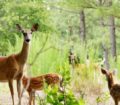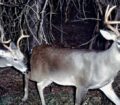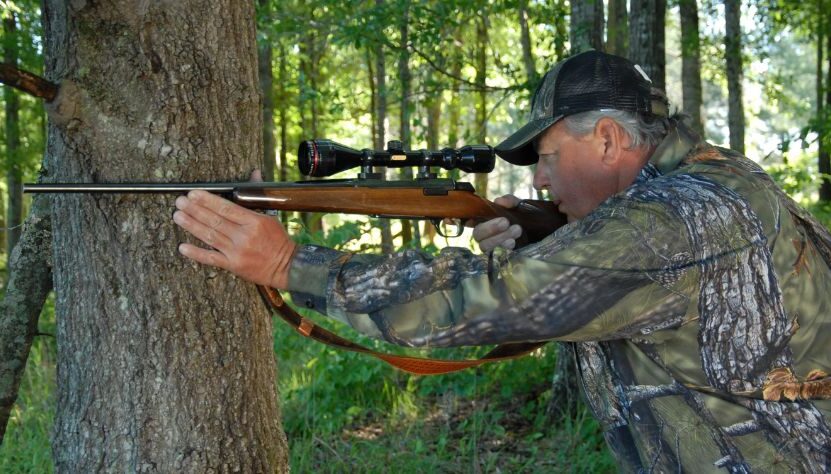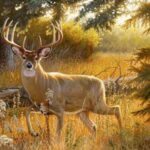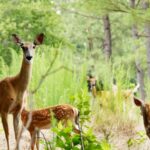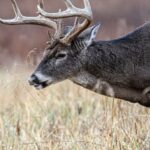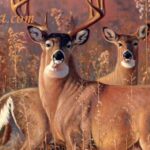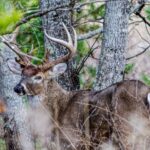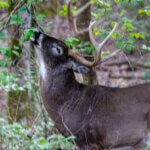Editor’s Note: You can reduce hunting pressure by decreasing the number of hunters who hunt any given piece of property or the number of times each hunter goes onto that land.
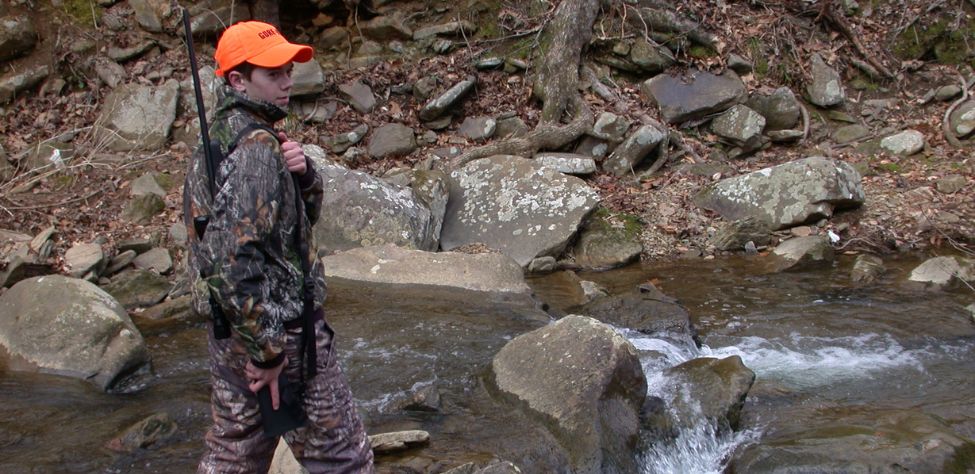
Our hunting experts have some creative alternatives to reduce hunter pressure on the land you hunt. Bob Foulkrod of Troy, Pennsylvania, a nationally-known bowhunter who’s been featured on many TV shows and videos, recommends that “You talk to the landowner who has posted property and convince him you’re not the type of hunting slob who has caused him to put up the No Trespassing signs. Then you may gain permission to hunt posted property no one else can hunt and develop a deer-hunting hot spot by simply being courteous to the landowner.”
Dr. Keith Causey, a retired professor of wildlife science for the Department of Zoology and Wildlife Sciences at Auburn University and avid hunter, suggests you may want to specify the times of day the members of your club hunt to help reduce hunter pressure. “If, for instance, your hunting club imposes a rule that all hunters must be in the woods before daylight, not leave the woods until 10:00 am, must be out of the woods by 10:30 am, can’t reenter the woods until 2:00 pm and then must wait to leave the woods after dark, the club drastically will decrease hunter movement in the woods and hunter encounters with deer. I believe reducing the amount of vehicular and hunter activity during specific times can reduce the pressure the deer feel.
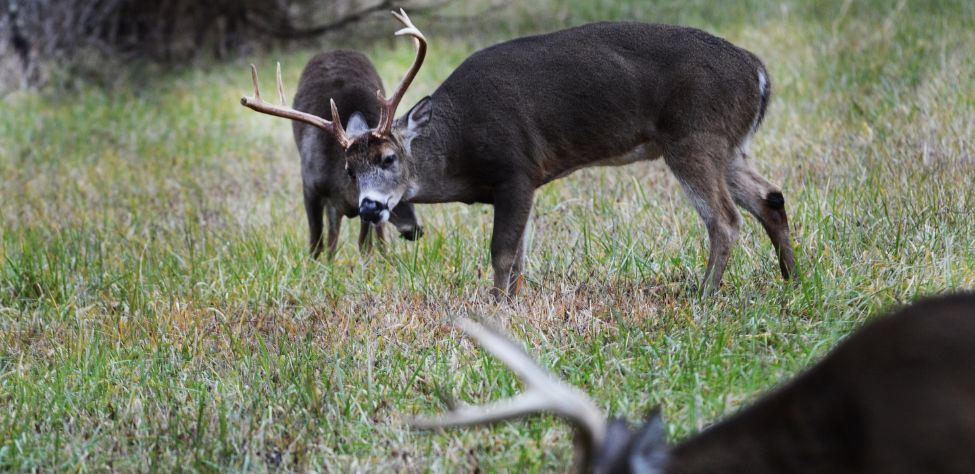
“Also, reduce your speed to reduce hunting pressure since deer pick up on movement quickly. To prevent deer from hearing from you, wear soft clothing, and be careful where you step. Wear camouflage too, and stay downwind of the animal.”
Brad Harris, a well-known midwestern deer hunter featured in numerous videos and on TV shows, mentions that sometimes outdoorsmen exert too much hunting pressure on the deer before hunting season opens. “Even scouting creates hunting pressure. Once I’ve spotted the buck I want to bag, I’ll wait until the week before the peak of the rut to attempt to take that deer. That’s when bucks are usually moving the most and are the easiest to locate and bag. Scouting from long range also reduces hunting pressure and increases your odds for bagging a buck.”
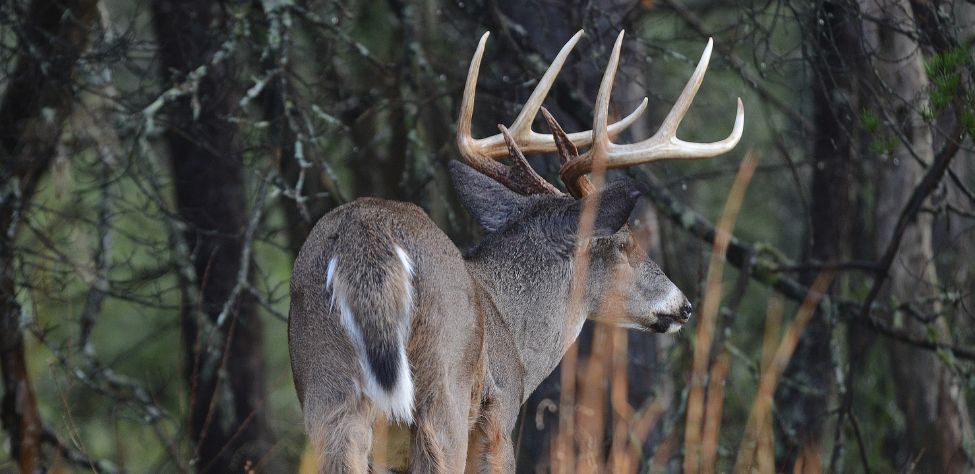
Dr. Bob Sheppard, a deer-hunting instructor and avid deer hunter from Tuscaloosa, Alabama, prefers to hunt high-pressured bucks the last week of the season. “Before bow season, I cut shooting lanes inside each thicket. Then, in the last week of the season, I move into these thickets with a favorable wind and watch the shooting lanes. The older-age-class bucks have to be in the thickets to survive. Sooner or later, they have to cross those shooting lanes. When they do, I bag them.”
Wearing thigh-high rubber boots means you’ll leave far less odor from not only your feet but also your legs in your hunting area. Eliminate as much scent as you can from your body, your clothes, your boots, and your equipment before you trek into the woods by using odor-elimination products. If you can wade a small creek or a branch to reach your stand, you’ll make less noise, leave less scent, and come from an unexpected direction, all of which will help to reduce hunting pressure on the area’s whitetails.

How to Hunt and Take Big Buck Deer on Small Properties
In this book, you’ll hear from 14 hunters who either have gained permission or leased properties as small as six acres to as much as 250 acres, and how they consistently take older-age-class bucks off these little lands.
VERSIONS: AUDIBLE, KINDLE & PRINT

Jim Crumley’s Secrets of Bowhunting Deer
Using a black magic marker and a gray work jumpsuit, Jim Crumley of Buchanan, Virginia, drastically changed the nature and purpose of hunting camouflage when he created the first sportsman’s camouflage – Trebark. Crumley’s love of bowhunting and his desire to be more invisible changed hunting clothing forever.
In this hunting guide, he shares the wisdom that he’s learned throughout his lifetime about how to be a hunter, how to find a deer lease, how to scout for deer, and more.
Special features include how to:
- Have a magic 60 acres to hunt
- Decide the best equipment to use
- Find deer year-round
- Locate land to hunt
- Know the best place to put your tree stand
- Get bucks within bow range
VERSIONS: AUDIBLE, KINDLE & PRINT

How to Hunt Deer Like a Pro
How do you know if the land you hunt has a trophy deer on it? Wildlife manager Bob Zaiglin, of Uvalde, Texas and Jim Crumley, the father of modern-day hunting camouflage, tells you how to find out. GPS can make finding and taking that trophy buck easier. This hunting guide will teach you how to hunt big bucks where no one else can find them, how to call deer, and how to become versatile as a deer hunter, so that if one deer tactic doesn’t work, another one will.
In the chapter, “How to find Bucks at Scrape,” Dr. Keith Causey, retired professor of Wildlife Science at Auburn University, describes the best way to hunt a scrape.
Brad Harrison of Neosho, Missouri, is a nationally-known videographer, professional deer hunter and master at calling deer. Another master is Will Primos of Primos Game Calls. These two experts will tell the best deer calls and when to use them in this book.
And for over 20 years, Bo Pitman, lodge manager of White Oak Plantation, has been studying deer movement patterns. He explains what types of conditions are best for predicting deer movement.
VERSIONS: AUDIBLE, KINDLE & PRINT

Deer hunting and deer hunters are drastically changing each year. To learn new techniques for hunting deer and have more places to hunt, I’ve interviewed some of the best deer hunters in the nation and share their tactics in How to Hunt Deer Like a Pro: Volume II.
In Chapter 10, Jacob Lamar tells you his tactics for consistently taking older-age-class bucks on public lands in several states. Chapter 11, Bob Walker explains how to find places on public lands where you can hunt that 99 percent of the other hunters never have considered hunting. The Bonus Chapter with David Ramey tells you how, where, when and with what equipment to take big Kansas bucks on public lands by hunting in 100-degree weather when others won’t hunt.
Chapter 13, Mark Drury, his family and his guests take mature bucks every season by having more small places to hunt rather than one large property. Drury explains the strategy of having satellite farms to hunt that only may be 50-150 acres each or less. Chapter 15, Pat Reeve, who hunts far-northern states and Canada, says, “I don’t like hunting for mature bucks until the weather is 20 degrees or less.” Chapter 4, Dr. Larry Marchinton says that funnels are the most-reliable stand sites to hunt for big bucks and tells why.
VERSIONS: AUDIBLE & PRINT
Tomorrow: Why Pressured Deer Become Nocturnal

